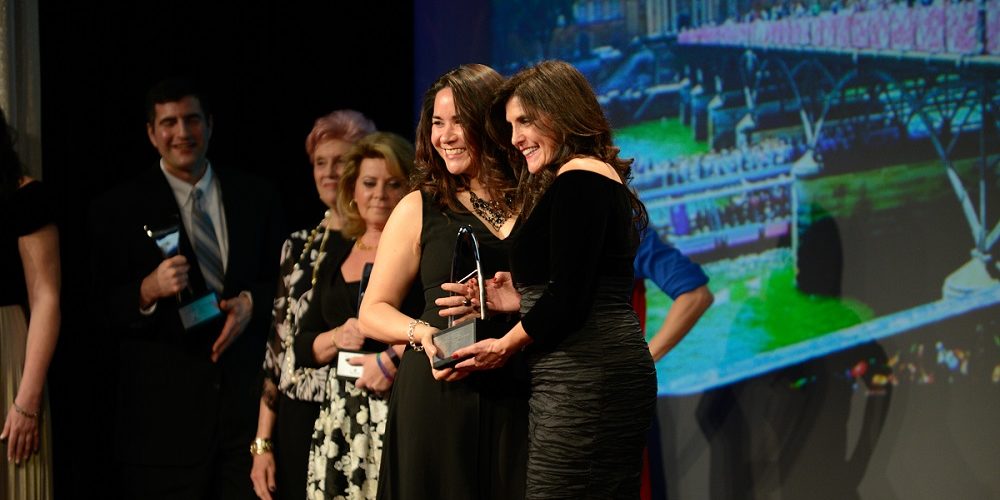HSMAI’s Adrian Awards honor creativity and innovation in hospitality advertising, public relations, and digital marketing. But what does that mean to the judges who actually decide which Adrians entries represent the best of the best?
We had an opportunity to find out last week, when a group of industry veterans gathered at the New York Marriott Marquis for Platinum Judging — sorting through the Gold winners from this year’s Adrians competition, as determined by a previous round of judging, to select the handful of Platinum and Best in Show honorees. While they worked, they offered a variety of insights into what separates, as one judge put it, the “highly competent” from the “truly exceptional.”
ADVERTISING
- Different: “What we’re looking for is work that distinguishes itself. When I come across an entry that is what I expect from the category, I call it ‘category convention’ — it’s perfectly competent, it’s perfectly nice, but it doesn’t rise to a Platinum.”
- Genuine: “If it feels like there’s not a façade or a veneer put on top of it, but actually feels like the truth of the brand or the destination — that’s something that I like to look for. You’re trying to be honest about who you are, and when that happens, then the magic can really happen, because creatively you’ve embraced it instead of trying to work your way around certain things.”
- Impactful: “We’re looking at metrics that would show that it made a profound difference to the organization that introduced the campaign. That’s not always just down to empirical results and facts and stats. We’re trying to get to, did it really move the needle? Did it change the trajectory for the organization in a positive way, consistent with the communications goals and objectives?”
PUBLIC RELATIONS
- Surprising: “Do we say wow? Do we wish we had done that?”
- Effective: “The first thing we are looking at are the data analytics. Does the campaign and the way it’s explained and executed match what the objectives were, and are we seeing conversions as well as impressions? Then we’re looking at how the data matches the creativity. How imaginative is it? How does it excite or stimulate or motivate based on what the objectives are?”
- Strategic: “Was it well planned out? Was it well thought out? Did you look at all of the variables, and then achieve those goals?”
- Clear: “Was the message clearly stated in the results? You can have a good idea, but if the actual message of the client doesn’t get out there, then it’s not successful.”
- Smart: “The intelligence of the submission should match the intelligence of the execution, and it doesn’t always. What we’ve been grappling with is, which do you respect and follow more — the submission or what we’re actually seeing? That’s a tough thing to address.”
DIGITAL MARKETING
- Elevated: “We’re almost in 2020. You’re not getting brownie points for doing what many of us have been preaching for the last 10 years, but really elevating and maybe taking some best practices from outside of the travel industry.”
- Well told: “If it’s simply a promotion, we’re not that enticed by that. How did they really bring the story to life and break through in a way that feels different from other brands?”
- Well produced: “The value of creative is more important than ever given all the noise in the marketplace and given the fact that the different types of initiatives kind of look similar. Having high-quality creative is usually the differentiator than I’m looking for.
The 2019 Adrian Awards will be presented at the Adrian Awards Dinner Reception and Gala at the New York Marriott Marquis on Jan. 21. For additional information, visit here.
